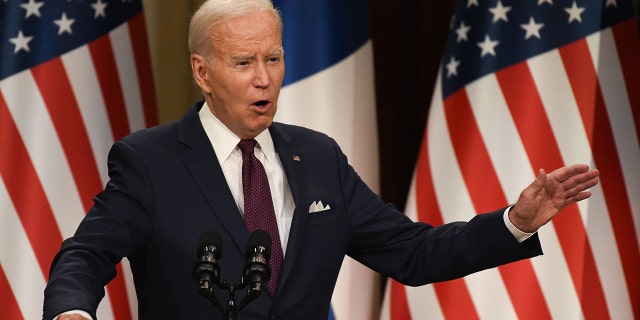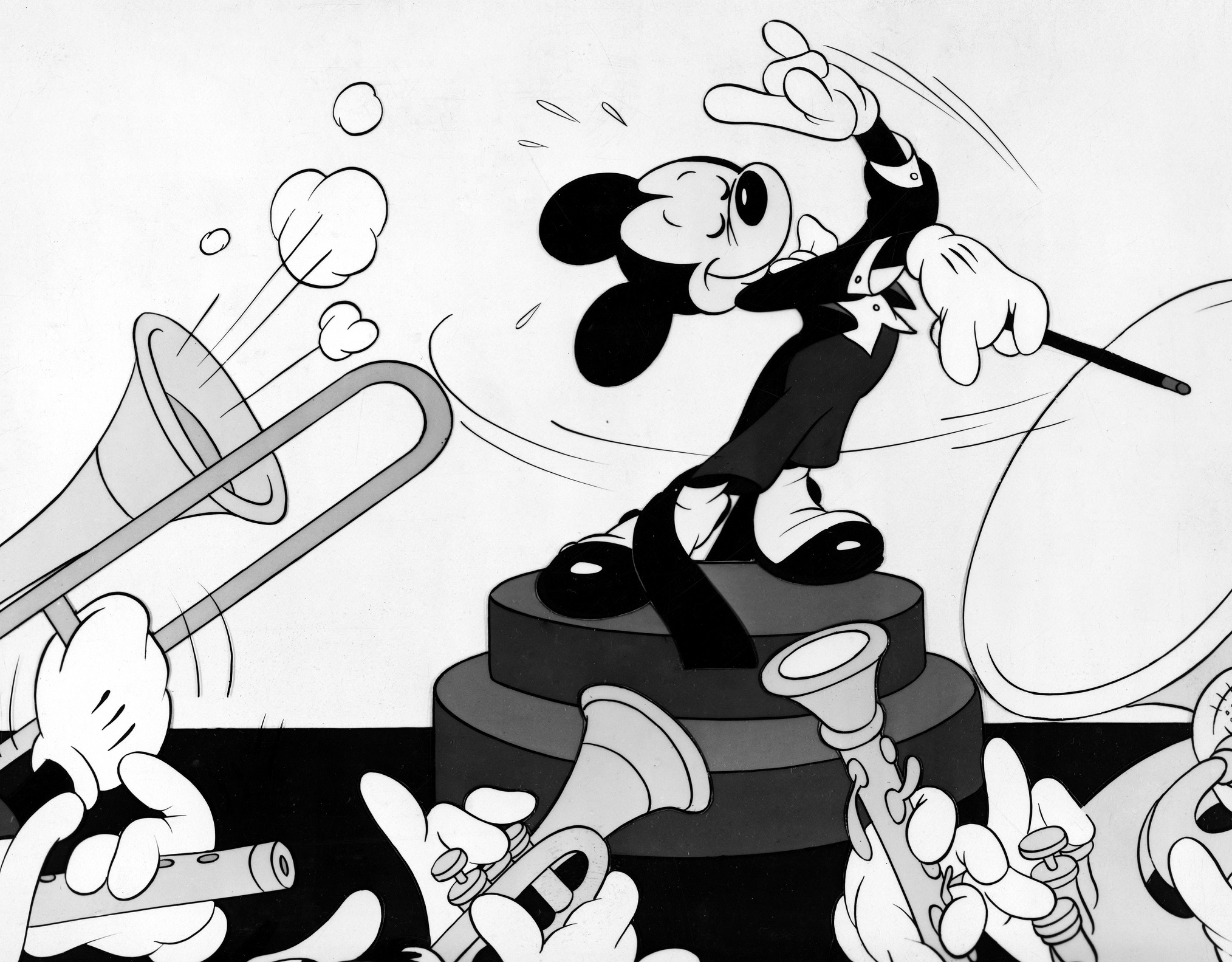In 2018, Australian journalist Christine Kenneally published the bombshell findings of a years-long investigation into shocking allegations of child abuse that rocked a Vermont town for decades. Titled “We Saw Nuns Kill Children: The Ghosts of St. Joseph’s Catholic Orphanage,” the BuzzFeed News report report documented decades of graphic abuse perpetrated by the nuns and priests that ran St. Joseph’s, a childcare center located in Burlington that was operated by the Catholic Church from the mid-1800s through the 1970s. Kenneally spent years in the trenches interviewing survivors of St. Joseph’s as well as accused clerical and monastic staff, poring over thousands of court filings, depositions, invoices, journal entires, birth certificates and death certificates, and tracking down every lawyer who’d ever dared to take on the responsible parties, which include the Vermont Catholic Charities, the Order of the Sisters of Providence, and the Church itself. The result was a gut-wrenching record of the pain of thousands of children, herded into and invisibilized by what Kenneally calls “a tiny totalitarian state, a dark castle, a factory of pain.” Children were hit, kicked, smothered by nun’s habits, sexually assaulted, thrown out of windows, burned, threatened with a “homemade electric chair,” and tossed like chum into Lake Champlain. Though the guilty parties systematically destroyed records and attempted to destabilize and undermine the children’s worst memories, multiple former residents have since testified to witnessing murders first hand.
Kenneally’s report kicked off a battery of international press, forcing the long impassive Vermont Attorney General T.J. Donovan to launch a new investigation into the allegations. That probe ended in 2020 with an affirmation of “unrelenting physical and psychological abuse of captive children,” but no new charges. Former residents persist in their pursuit of justice, however, demanding a day in court. Stories that were laughed out of court or simply ignored 30 years ago have been preserved for display at the Vermont History Museum, and survivors of orphanages around the world have become emboldened to step forward and share their own harrowing survival stories. The BuzzFeed News report was only the beginning of Kenneally’s work as well.
Ghosts of the Orphanage: A Story of Mysterious Deaths, a Conspiracy of Silence, and a Search for Justice is Kenneally’s book-length expansion of that initial work. Widening the scope from St. Joseph’s to the global orphanage system which dominated child care in the west throughout the 20th century, Keanneally’s book has become a testament to the fact that, once the wave of revelation and accountability begins its advance, it only grows in size and force, at some point breaking with its catalyst and moving autonomously, though not necessarily toward justice. The path to justice requires vision, indefatigable commitment, and the refusal of easy compromises. Ghosts of the Orphanage charts that path.
The nearly 400 pages of immaculately sourced and reported details far surpass the ambition of the original BuzzFeed News report, linking the “child-slave kingdom” that was St. Joseph’s to “an invisible archipelago” of other orphanages that “stretched across the Western world.” This network of black sites “for the storage of spare children” treated wards like “society’s garbage,” as one nun put it, subjecting them to the kind of physical, sexual, and psychological abuse that “prisoners of war had testified to” with such regularity that the consequences are still being felt by generations of descendants. Bessel van der Kolk, the renowned trauma psychologist and author of the book The Body Keeps the Score , who had worked previously with veterans of war and survivors of genocide, remarked after testifying on behalf of a group of former residents at one trial that he had “never met a group of people who hated themselves as much as Burlington’s orphans.” As Kenneally puts it, “The true history of orphanages provides one of the darkest and most complete natural experiments on the nature and consequences of abuse, and on the behavior of abusers.”
, who had worked previously with veterans of war and survivors of genocide, remarked after testifying on behalf of a group of former residents at one trial that he had “never met a group of people who hated themselves as much as Burlington’s orphans.” As Kenneally puts it, “The true history of orphanages provides one of the darkest and most complete natural experiments on the nature and consequences of abuse, and on the behavior of abusers.”
“How do you investigate a cold case that has been actively concealed by the oldest institution in the world?” Kenneally asks early in the book. “How do you investigate ten thousand cold cases?” Pursuing justice in a case this vast is like hauling an anchor out of deep sea—the exhumation of one link in the chain only leads to another, and another. “The vast whole eluded the basic tools of journalism,” she writes, “not to mention the reach of the law, traditional ideas about justice,” and above all, “the limits of basic human psychology.”
After hundreds of wrenching pages, Ghosts of the Orphanage finally alights on the precise connection between individual psychology and the question of justice for victims of mass violence, finding that the cognitive rupture inflicted by violence creates a crisis around conceiving the crime—and that crisis erects a barrier around the pursuit of justice. Put another way, limits on the application of justice to incidents of mass violence follow directly from the limits on survivors’ recall of that violence, which are imposed by the violence itself. The infliction of harm simultaneously creates the need for justice and the conditions which prevent justice from ever being reached.
Kenneally writes that “no modern justice system was built to deal with the kind of mass catastrophe, the rolling disaster, that survivors reported.” Indeed, all the legal and procedural barriers to justice—from the immobilizing statute of limitations on prosecuting child abuse, to the Church’s constant interference, countersuits, and propagandistic PR efforts, to research obstacles like heavily redacted witness depositions and “rapidly disappearing” evidence—would be real problems if the crime itself were even comprehensible. The German writer Kurt Tucholsky, in a quote often misattributed to Joseph Stalin, once wrote that “The death of one man: that is a catastrophe. A hundred thousand deaths: that is a statistic!” The concept of mass suffering seems always to lie beyond an impassable cognitive wall, remaining concealed in unexamined corners where it can eat away at the spirit without the mind being able to reach and defuse it.
Thousands of conflicting, often fragmented stories have poured in from tens of thousands of children who passed through St. Joseph’s doors during its 100-plus years in operation. The erratic nature of traumatic memory has led to a veritable kaleidoscope of accounts, ranging from cartoonishly brutal accounts of sadistic violence to seemingly sincere testimonies that life at the orphanage was edenic. “Out of the giant cluster of incomprehensible facts about orphanages,” Kenneally writes, “one of the hardest to understand was how atrocities and happiness coexisted there.” The abuse was so unceasing, and began for many children when they were still so developmentally permeable, that some survivors spoke to a persisting inability to “tell the difference between statements that describe things that are normal and real and those that are unreal or impossible.” A hundred thousand deaths is a statistic. But as many survivors unable to understand what happened to them—there is no word for a tragedy that profound.
Ghosts of the Orphanage paints a grim picture of the atrocity imaginary, suggesting even that some crimes are so “profuse, complicated, and category-busting” that they can never be truly reckoned with. Yet the book’s very existence testifies to the fact that there is something innate to victimhood and to the experience of those who witness injustice, something powerful that cries out and kicks processes of retribution and reconciliation into action. Simply put, victims can’t wait for the crime to make sense, so justice must march on, even if it’s partially blind.

























































